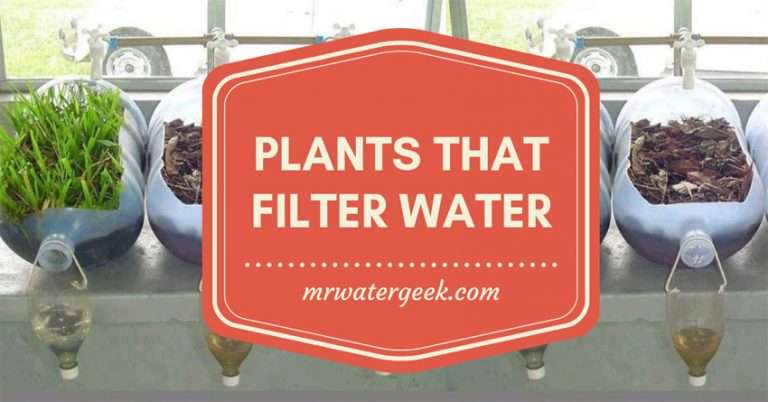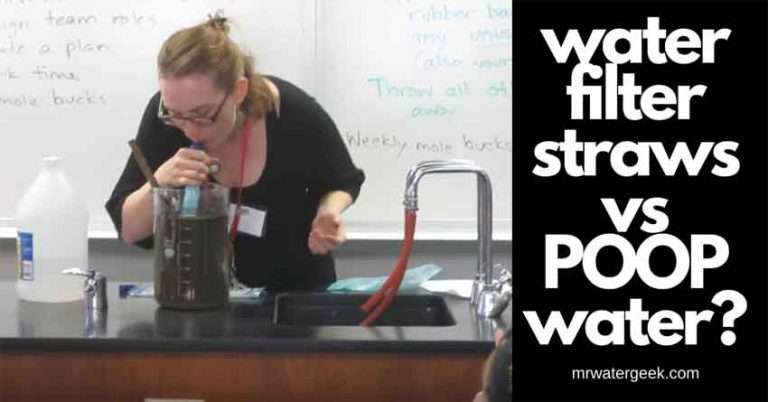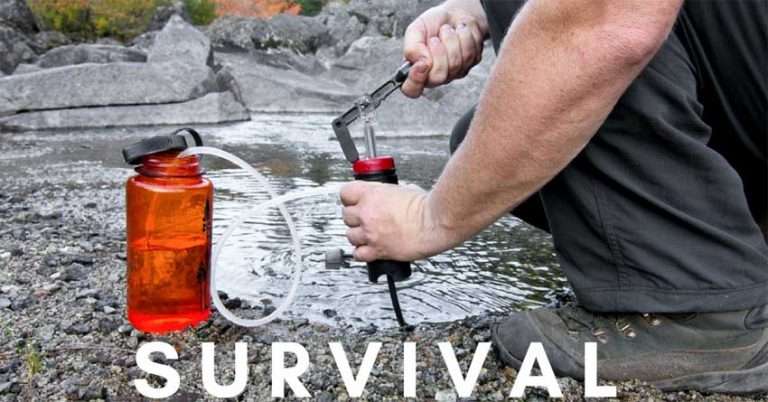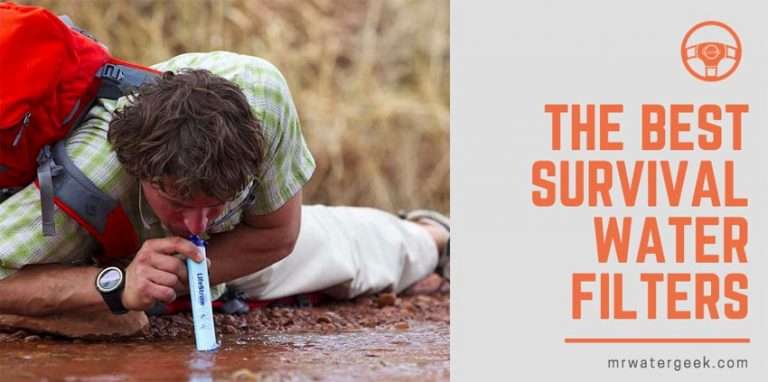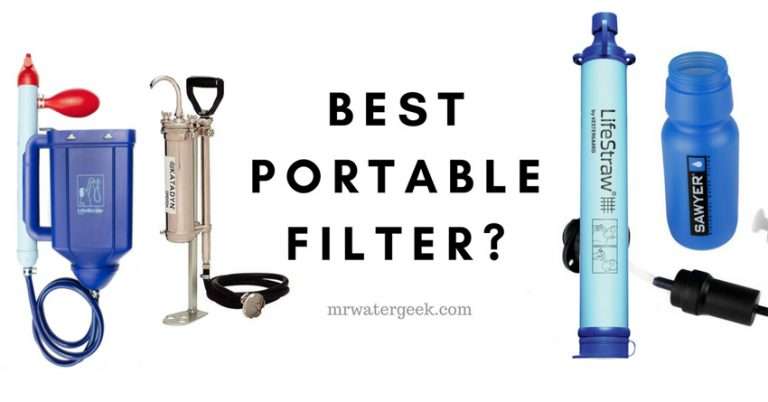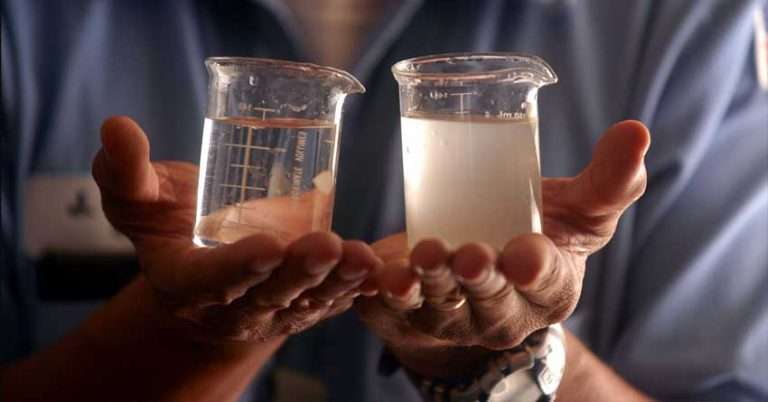Why EVERYONE Should Care About Polymer Dosing
Why Should Everyone Care About Does Polymer Dosing Water Treatment?
In simple terms, because it is very effective at purifying highly contaminated water. This includes swamp water and wastewater.
A polymer is an large organic molecule. In wastewater treatment processes, polymers make all the particles join together and leave behind clean water.
They do this by suspending solids and produce large fractions of solid materials through a process called flocculation.
What is Polymer Dosing?
Polymer dosing is a way to treat dirty water. Understanding the correct dosage helps you know how much of it to use when treating water.
This is because polymers are capable of retaining extremely large amounts of liquid mass relative to their own. The result of this is that you can use this form of water treatment to remove debris, dirt or particles from natural water supplies.
This type of water treatment removal is necessary regardless of what you need the water for. Whether that be for drinking, cooking, cleaning or any number of commercial or industrial processes.
Function of Polymer in Wastewater Treatment
Polymers are synthetic organic compounds that purify and treats dirty water. It can also be used to thicken, de-water or clarify wastewater. Three forms are available:
- Cationic Polymers: attract negatively charged ions in solution.
- Anionic polymers: attract ions with positive charge in solution.
- Nonionic polymers: show a neutral behavior in the solution.
The polymer attracts all fine particles suspended in a liquid to form larger groups called “flakes”. If these flakes develop sufficient density, they will separate and leave a clear liquid behind.
Alternatively, low density flakes can be used to separate unwanted particles from water and tear them off the surface, leaving clear water behind.
The nature of the target particles, the properties of the liquid, including pH, electrical conductivity, hardness and added chemicals, determine the most effective type of polymer to use.
Polymer Dosing Rate Calculation
The following is an example polymer dosing rate calculation and measurement of the materials needed to inject a 100%  resistant anionic polymer powder for flocculation in wastewater treatment:
resistant anionic polymer powder for flocculation in wastewater treatment:
First you must start with the hourly flow of wastewater and level maximum treatment.
The maximum amount of wastewater to treat: 100 m3 / h Maximum treatment: 3 g polymer / m3 wastewater max. Required polymer: 100 x 3 = 300 g / h. Concentration of the polymer solution to be injected: 1 g / m3 Maximum flow of the feed pump: = 300/1 = 300 L / h.
This should also help you when making your flocculant dosage calculations.
Polymer Dosing Pump
LMI Roytronic Excel Series AD Metering Pump
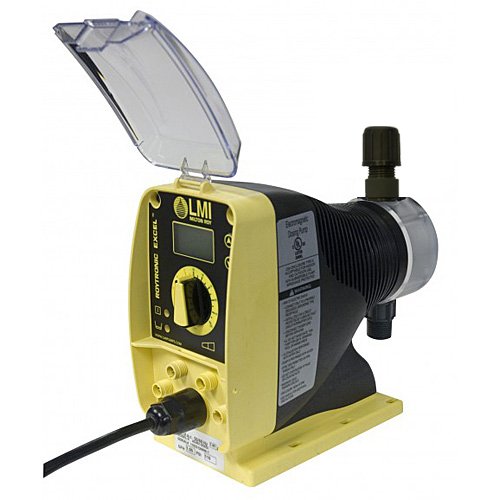 This is a chemical dosing pump made by LMI Roytronic Excel Series AD.
This is a chemical dosing pump made by LMI Roytronic Excel Series AD.
It is a liquifram type of fluid pump with a flow rate that is adjustable from zero to the maximum power while the pump is running.
Pump Control The AD2 series metering pump has a liquid crystal display to indicate pump stroke rate and theoretical flow.
 Made from durable materials and available to buy online from Amazon.
Made from durable materials and available to buy online from Amazon.
Liquid Polymer Dosing System
The elimination of liquid solids requires the use of liquid or powdered polymers.
This is achieved with polymer dosing and dosing systems. You may need to find wastewater treatment experts that understand how to provide efficient technology to support this specialized application.
Polyelectrolyte Dosing
Polyelectrolytes are another way to treat dirty water. Similar to polumers, you need to get the right calculations to know the correct amount of polyelectrolytes to use that will treat the amount of wastewater that you have.
The use of polyelectrolytes, polymers, coagulants and flocculants are common in both wastewater treatment systems and wastewater in municipal / public and industrial services markets.
Chemical products used include products that have been patented by manufacturers of specialized chemical products, as well as basic chemical products such as Poly Aluminium Chloride (PAC) etc.
The Best Polymer Dosing Wastewater Treatment
Polymer dosing is a great way to treat water but not necessarily something that you can do in your kitchen at home.
 One should treat this polymer method with a lot of respect. For instance, making sure that you always wear personal protective equipment when working with it.
One should treat this polymer method with a lot of respect. For instance, making sure that you always wear personal protective equipment when working with it.
This is because spilled polymer is extremely slippery and very difficult to clean.
I have heard of operators who use everything from cat litter to mineral oil and rock salt to try to clean up the mess it leaves behind.
However, it is best to contact the supplier for recommendations on cleaning products. From my experience, the last thing you want to do is put a hose on it that just makes a small polymer disaster a big one!
The use of polymers in the water industry is very popular and will continue to grow.
 Through research and development, it is likely that the products available to us will evolve in efficiency and safety.
Through research and development, it is likely that the products available to us will evolve in efficiency and safety.
If you are simply looking for a way to treat wastewater then it is easier to get efficient water filters or a desalinators. This is because polymer dosing takes a lot more effort than other water treatment methods.
Scientific References
Resistivity / Conductivity Measurement of Purified Water, Lab Manager Magazine.
Sandle, T. (July 2004). “An approach for the reporting of microbiological results from water systems”. PDA J Pharm Sci Technol. 58 (4): 231–7.
Pashley, R. M.; Rzechowicz, M.; Pashley, L. R.; Francis, M. J. (2005). “De-Gassed Water Is a Better Cleaning Agent”. J. Phys. Chem. B. 109 (3): 1231–1238.
“What is Deioni-sed Water? | Fortis Battery Care”. Your Forklift Battery System Sorted | Fortis Battery Care. Retrieved 2016-04-15.

